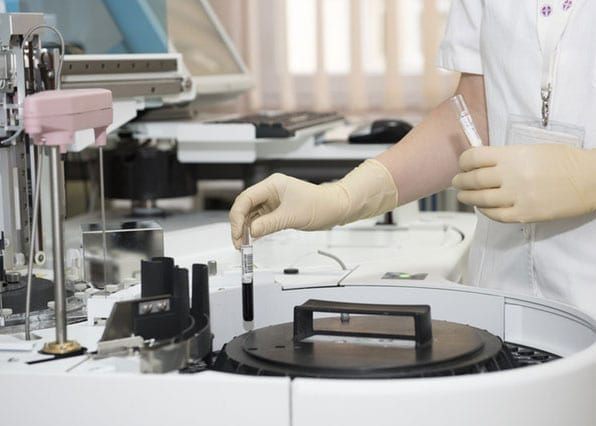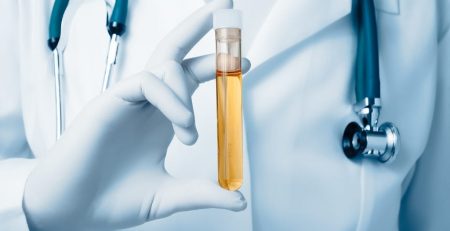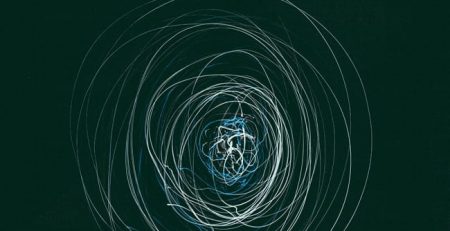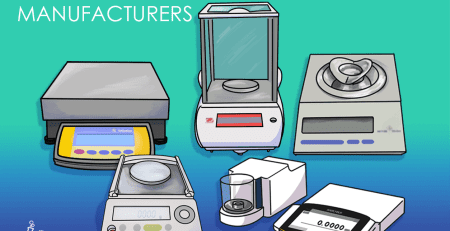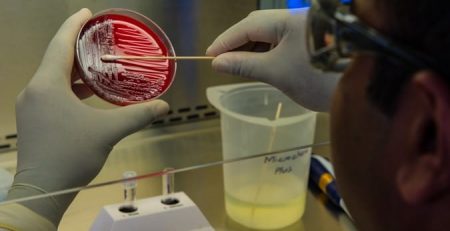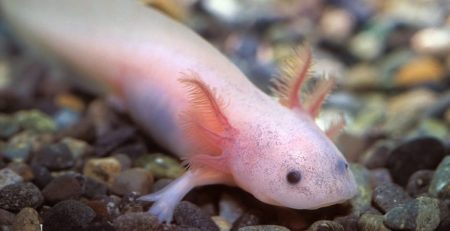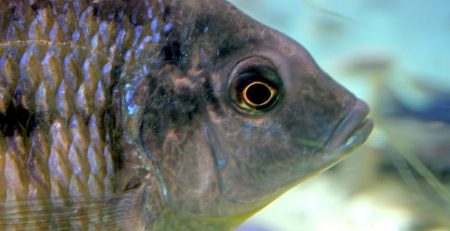Creating Embryos With Stem Cells, Rather Than Sperm or Eggs
In a groundbreaking study, published in Cell, scientists were able to successfully create an embryo without the use of sperm or egg.
The team of researchers, led by the Salk Institute for Biological Studies in California and the University of Texas Southwestern Medical Center, “used specialized stem cells that can theoretically turn into any adult cell or cell needed to make an embryo,” according to One Zero.
The research is still in its very early stages, “but it could potentially pave the way towards creating viable embryos just from cultured cells,” IFLScience.com reports.
“These studies will help us to better understand the very beginning of life; how early on in life a single cell can give rise to millions of cells and how they are assembled in space and time to give rise to a fully developed organism. Importantly, this work avoids the use of natural embryos and is scalable,” Juan Carlos Izpisua Belmonte, study author and professor in Salk’s Gene Expression Laboratory, said in a statement.
These lab-grown embryos were far from perfect, however, according to Futurism. They had a number of “structural glitches like poorly-organized tissues,” but at the same time it still “remains unclear whether those defects are caused by the lack of some unidentified compound only found in a sperm or egg cell or by the fact that this is a nascent field of science that will have to work out the kinks with further experimentation.”
Regardless of these “glitches”, this research could be extremely beneficial, providing scientists with an infinite number of blastocysts – structures made up of 100 or more cells found at the early stages of development in mammals – which will allow for the study of early development.
“The goal of this research at this stage is certainly not ‘end of sex’ for reproduction,” Jun Wu, the paper’s senior author and an assitant professor at UT Southwestern Medical Center told One Zero. “The primary goal is to understand early development.”
Read the full study here.
###




